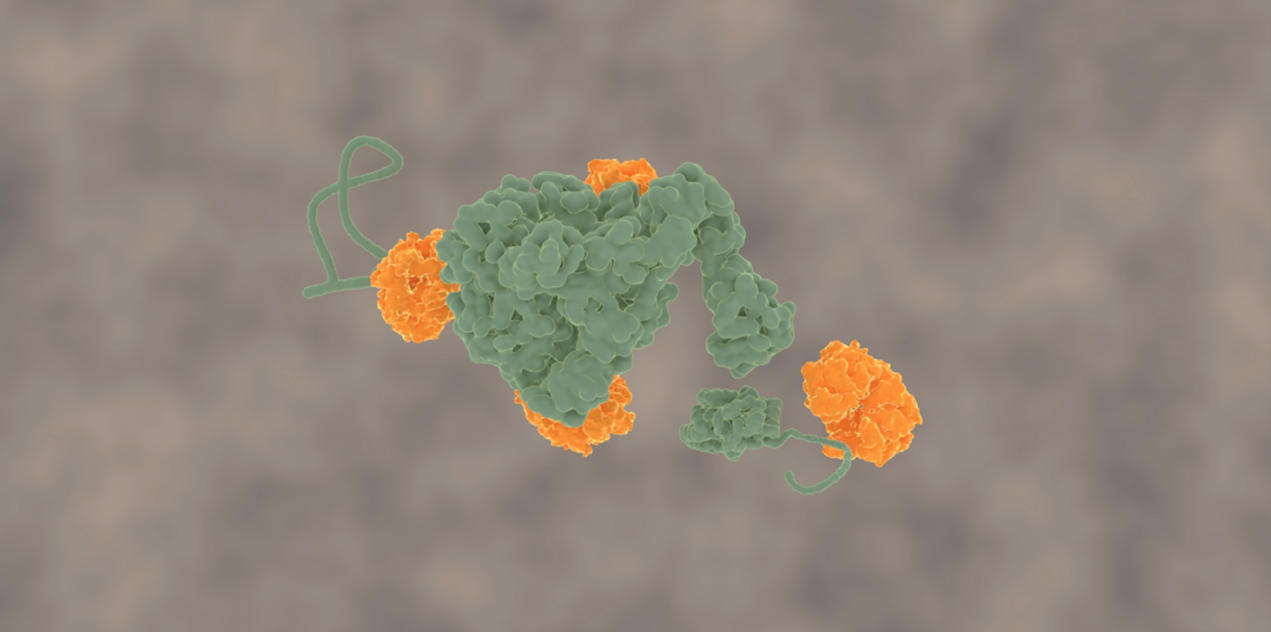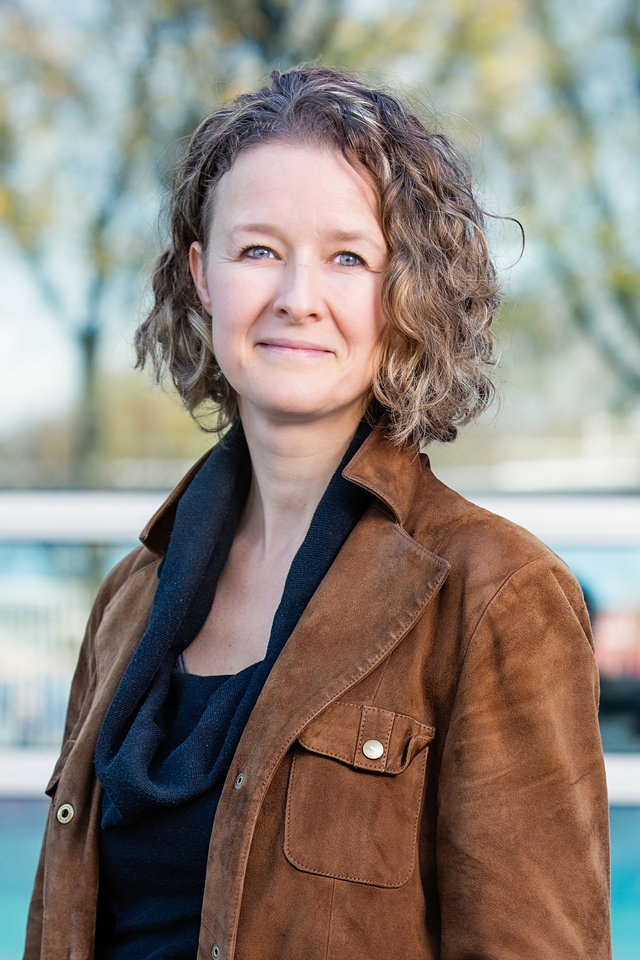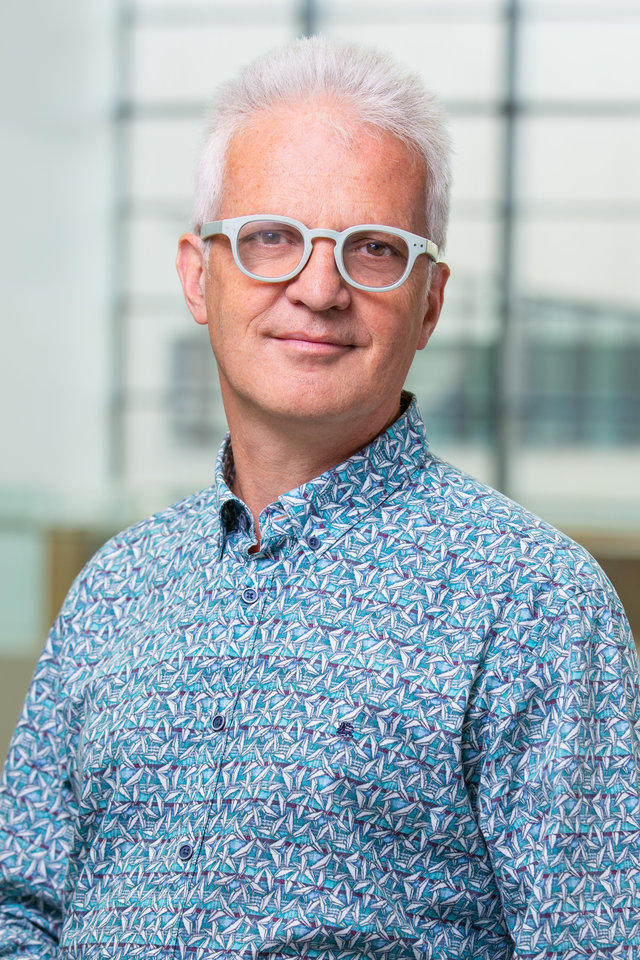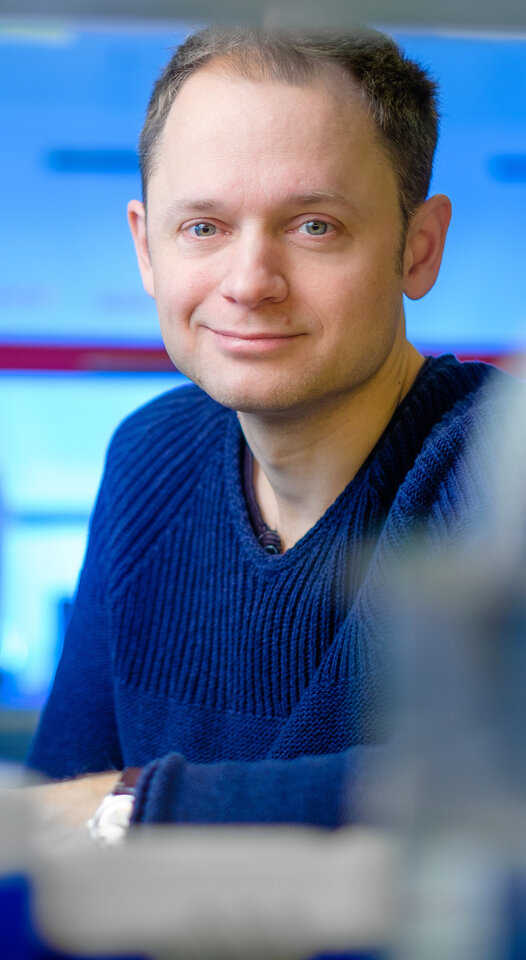Novel imaging and nanotechnology
In the Novel imaging and nanotechnology research area we invent, develop and refine experimental technology that facilitates fundamental understanding of biological processes. Our diverse expertise ranges from single-molecule based fluorescence imaging to electron microscopy, from nanopores for protein sequencing to microfluidic devices for measuring cell mechanics up to the fabrication of bio-based materials. Our innovations enable us to understand life down to the smallest scale, and often lead to new discoveries.
''We design and fabricate novel bio-based and living materials with hierarchical architectures arranged from the nano- up to macroscales.''
Keywords: Single molecule visualization of (motor) proteins on stretched DNA, Single-molecule magnetic tweezers, Nanopore technologies, NEOtrap single-protein traps, nanofabricated fluidic structures, microfluidic lab-on-a-chip technology, Genome in a box’ technology, Synthetic cells, AFM, HILO and TIRF imaging, Localization microscopy, DNA-origami
''We use cutting-edge single-molecule biophysics tools, which allow us to visualize and track multiple and diverse single molecules simultaneously. These high-resolution techniques, which include single-molecule fluorescence and single-molecule force spectroscopy (magnetic and optical tweezers), or a combination of both, monitor individual biochemical processes under physiological conditions in real time.''
Keywords: TIRF microscopy, single-molecule imaging, optical trapping, liquid-phase electron microscopy (collaboration), synthetic cells, controlling protein interactions/localization with light, microfabrication, DNA-origami based force measurements.
Keywords: HILO, TIRF and multiplane imaging, single-molecule based super-resolution imaging (SMLM, SOFI), 3D particle tracking, quantitative phase imaging, establishment of new labels, AI assisted smart microscopy, development of microscopy hardware, software and analysis tools.
''We develop novel devices and methodologies to unlock new frontiers for biological imaging using electron cryo-microscopy. We use these technological advances to study the three-dimensional structure, function, and dynamics of biomolecular machines as they operate in their complex native environment.''
''Joo pioneers a high-throughput method integrating next-generation sequencing with single-molecule fluorescence. This remarkable advancement enables comprehensive genome-wide studies, significantly pushing the boundaries of single-molecule kinetics research.''
''The Koenderink group develops combined imaging and force application based on AFM and optical tweezers and also develops microfluidic devices for measuring cell mechanics and migration.''
''We study the mechanisms that shape our genome in interphase and mitosis. We use imaging to visualize nuclear organization and cell division. With live-cell imaging, we capture the dynamics of DNA-shaping SMC motors such as cohesin and condensin.''
''The Tanenbaum lab develops cutting-edge live-cell single-molecule imaging technologies to uncover the mechanisms of gene expression control, both for human genes and viruses during infection.''
''We study the dynamics of single cells in organoids and single proteins using novel experimental approaches such as optical tweezers and simultaneous single-molecule fluorescence, time-lapse microscopy in organoids, AI-driven cell tracking and cell type inference approaches.''










